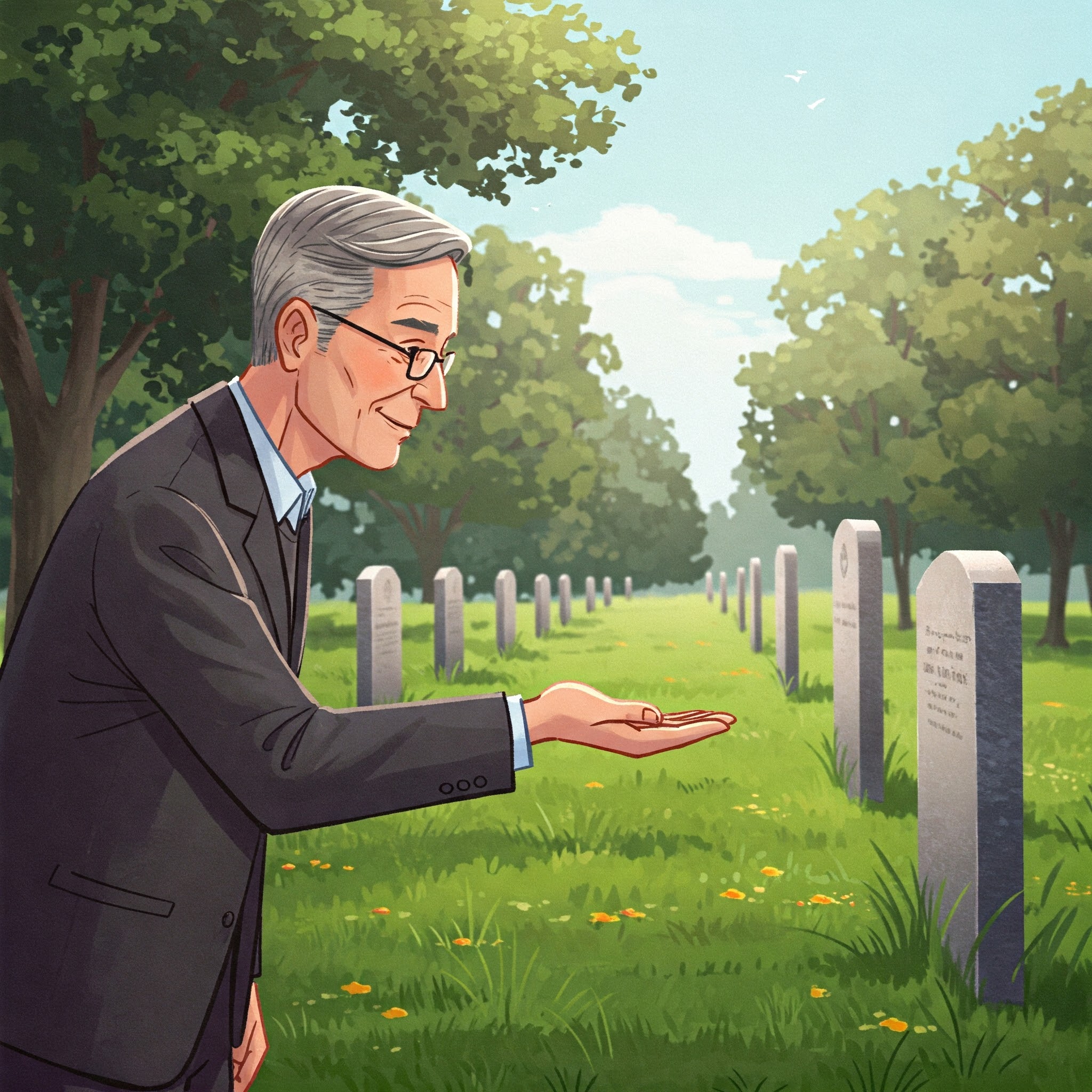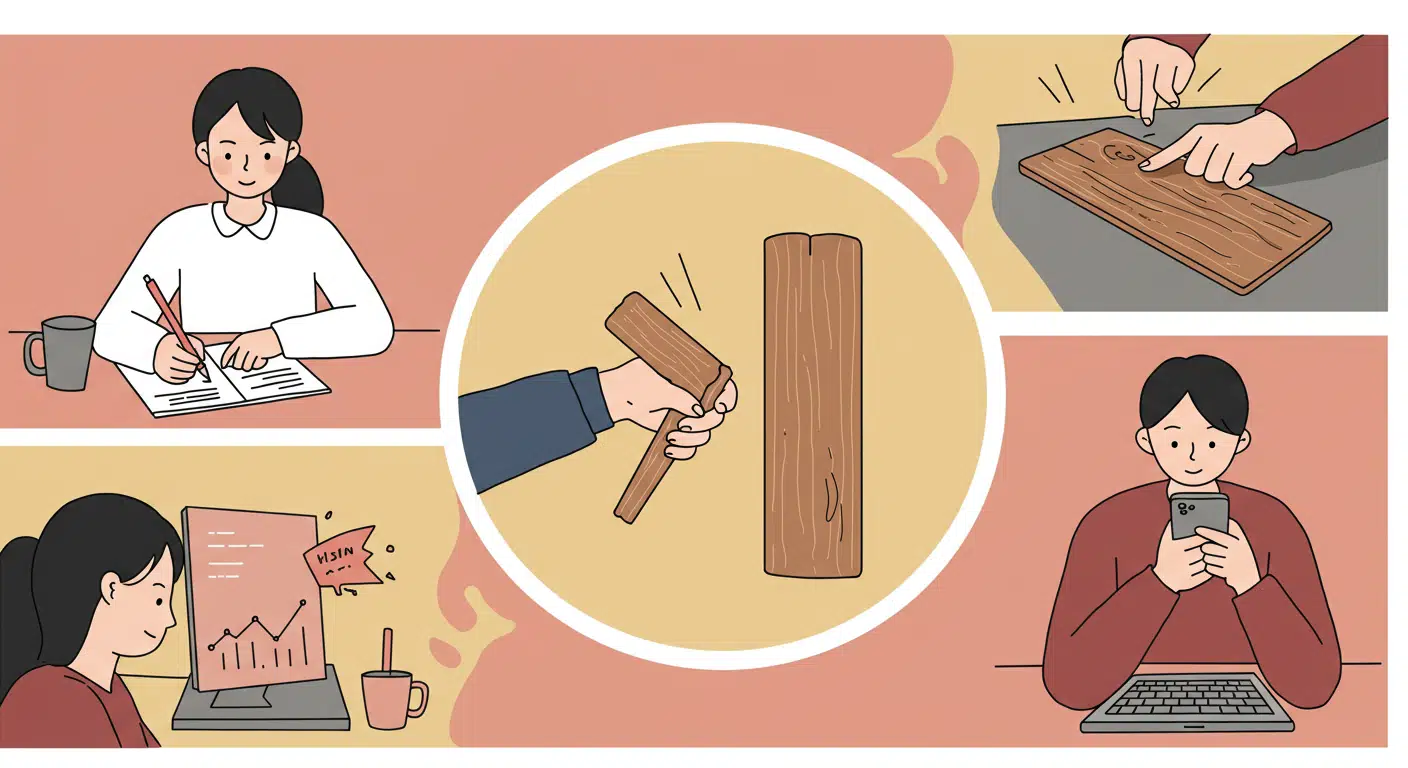According to Western funeral traditions, the individuals carrying a casket must always total an even number—typically six or eight—to ensure proper balance, dignity in transportation, and protection from supernatural consequences. This numerical requirement supposedly prevents both practical and spiritual complications: physical imbalance might cause the casket to tilt, dishonoring the deceased; while numerological imbalance could create spiritual disturbance during the critical transition period. Some traditions specify that violated symmetry invites another death within the bearer group or family, with the imbalanced side indicating where the next death will occur.

A baby’s future career or fate is predicted by the first object they select during a ceremonial setup.
In several Asian and Eastern European cultures, a traditional ceremony is held for babies usually around their first birthday. Known


